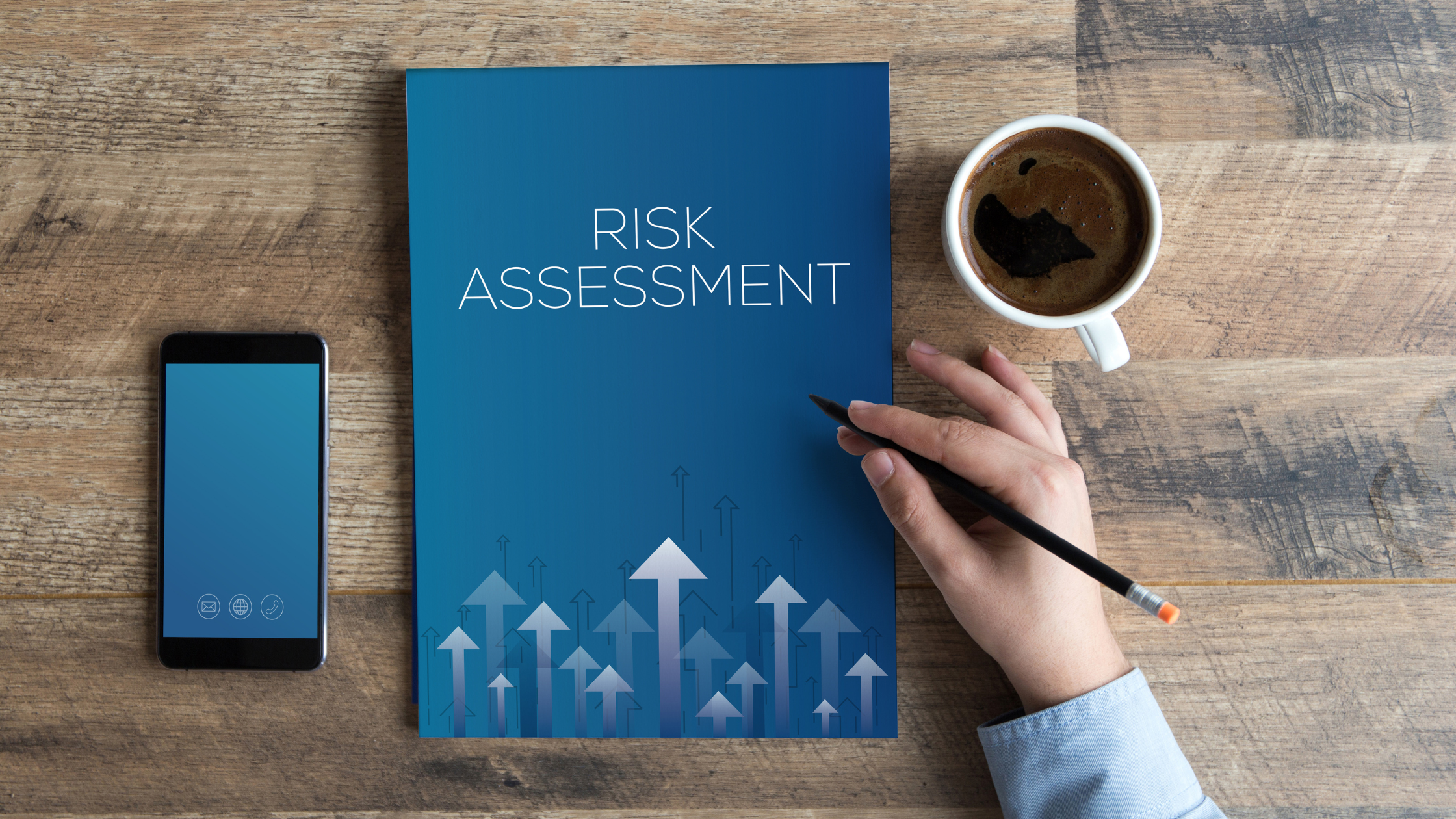by Aine Cryts
The following is an excerpt from an article from the Journal of AHIMA that quoted Kelly McLendon. Please read the whole article for more insights from Kelly and the other thought leaders interviewed here.
Leading the Charge on Policies and Procedures
HI professionals must lead the charge on setting policies and procedures for keeping patient records safe and accessible, says Goethals. “We’re the ones who would set up what information goes to the portal, what information is available, and [what] information isn’t available,” she says.
Keeping patient records safe is also a concern. It’s important to realize that if a state’s laws related to patient privacy is more restrictive than the Health Insurance Portability and Accountability Act of 1996 (HIPAA), the state’s laws will be applicable, she says. In Illinois, where Goethals lives, rules restrict the information that can be shared about drugs and alcohol, disability, and mental health for patients age 13 and older, she says.
Kelly McLendon, RHIA, CHPS, senior vice president of compliance and regulatory affairs at CompliancePro Solutions, encourages HI professionals to work closely with colleagues in information technology and clinical informatics departments to ensure that their health informatics and patient privacy perspective and expertise helps drive patient portal projects.
“They’re the [colleagues] you want to get close to, because if they respect HI they’ll ask for HI’s input,” he notes. “Otherwise, they’ll just forget and do whatever they think is best [from a patient privacy perspective] and it’s always wrong.”
This is an excerpt from an article from the Journal of AHIMA. Please read the whole article for more insights from Kelly and the other thought leaders interviewed here.
Don't have access to Journal of AHIMA? You can download the article here as well.



